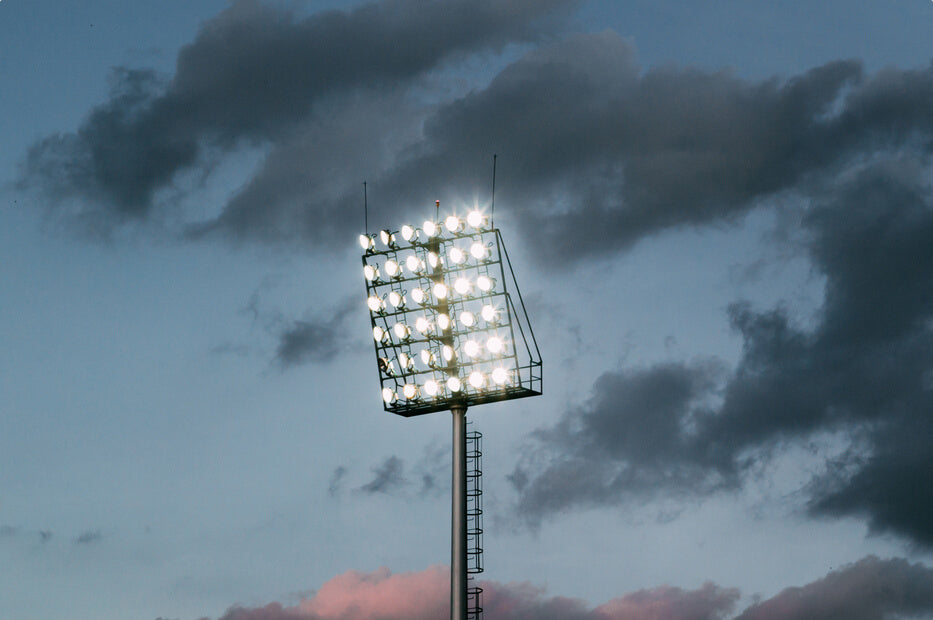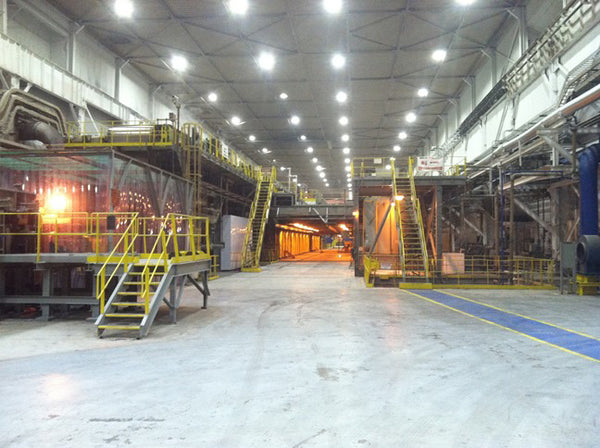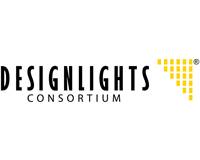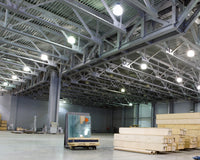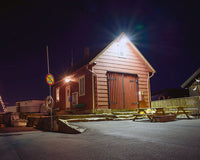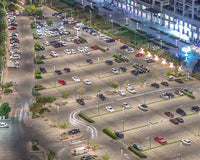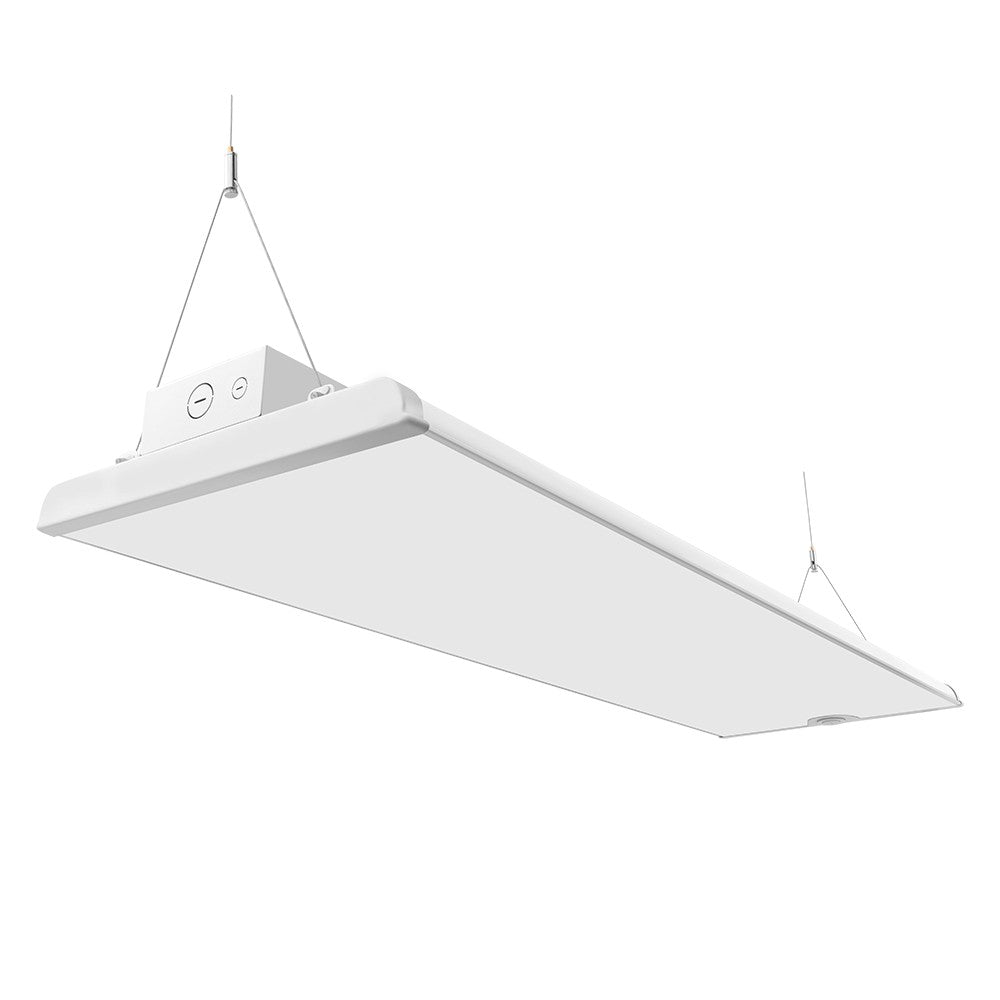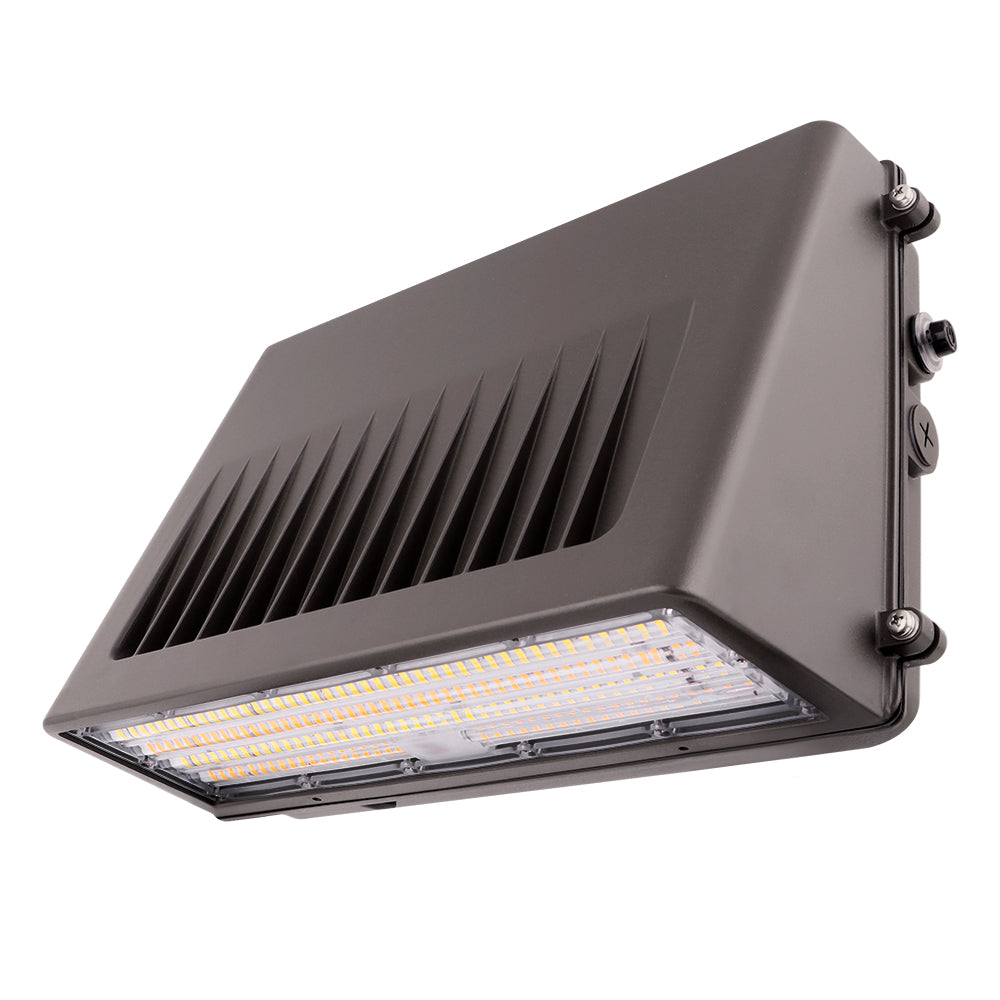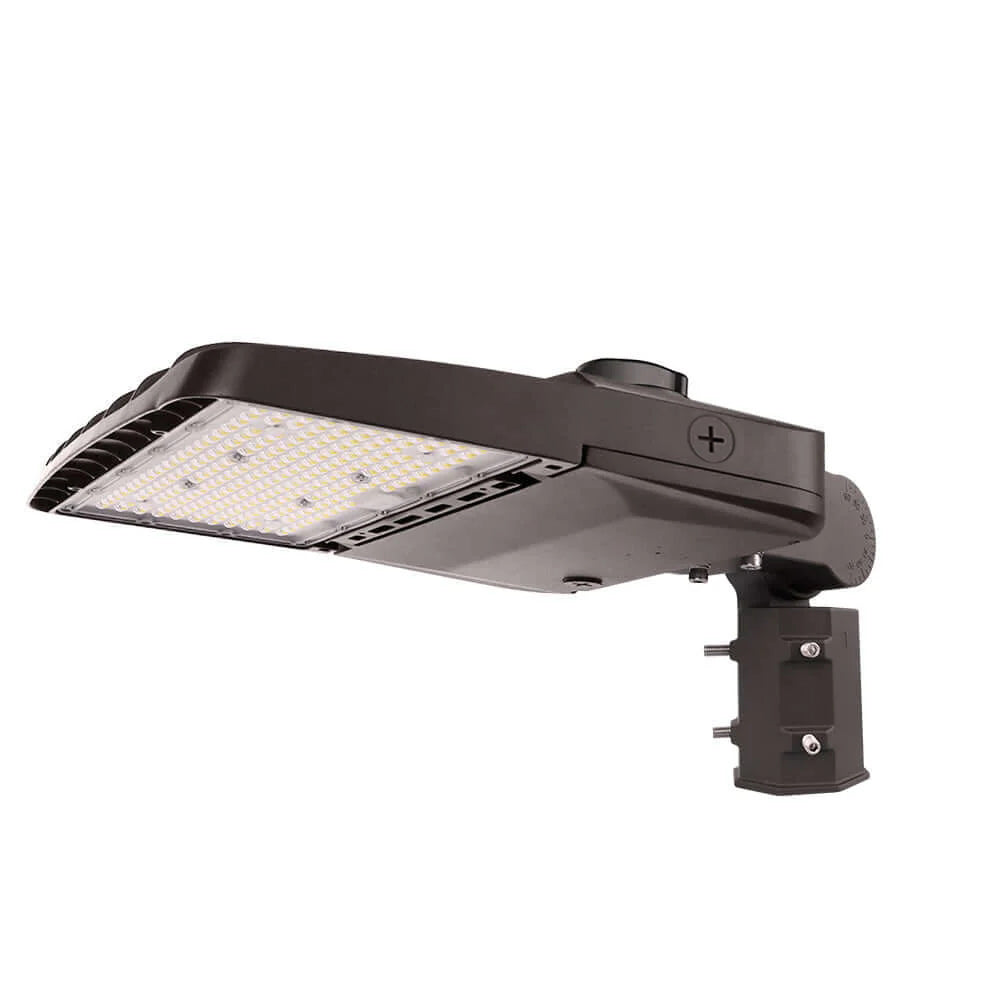On the gridiron and off, the best LED football stadium lights are essential for a safe, enjoyable and high-performance playing experience. Whether you're planning a new stadium lighting project or rejuvenating an old field, the right LED football stadium lights are essential. These modern marvels offer stunning visibility and energy efficiency, helping you score big on sustainability while reducing costs.
Let's talk about the ins and outs of choosing the best lighting for your venue. We'll provide solid insights into the considerations and best practices for football field lights. From understanding lighting requirements and standards to exploring the latest technologies and design strategies, we'll explore the factors contributing to safety, visibility, and performance on the field. We'll then share how Revolve LED can help you create the ideal LED football field lighting design for your sports venue.
The Importance of Proper Football Stadium Lighting Design
Football isn't just a game – it's an experience. The roar of the crowd, the intensity of the action, the sheer athleticism of the players; every element comes together to create an unforgettable spectacle. A crucial factor that often goes unnoticed but plays an integral role in shaping this experience is football stadium lighting design.
Football Field Lighting: Understanding Requirements and Standards
Football is a competitive sport that demands precise lighting to ensure safety, visibility, and a thrilling experience for both players and fans. To meet these requirements, you must adhere to rigorous standards and guidelines for football field lighting. Let's explore these critical considerations.
Foot-Candles Measurement
Foot candles, the unit of illuminance, are used to measure the intensity of each football field light. In American football, ideal foot-candles vary depending on the level of play. Recommended foot-candles are 250 for NFL stadiums, 150 for college stadiums, and 50 for high school fields. This ensures clear visibility and player safety during nighttime games. For more insights on foot-candles and their applications, check out this guide.
Uniformity and Glare Control
Uniformity – the even distribution of light across the field – is essential. Players need consistent lighting without glaring spots or shadows that could affect their performance. Stadium lighting systems should minimize glare for players and spectators, allowing for an unobstructed view of the game.
Color Rendering
High-quality color rendering is crucial in stadium lighting, ensuring clear distinction of team colors, uniforms, and other essential details. Lighting systems should have a high Color Rendering Index (CRI) to accurately represent colors and enhance the overall visual experience for fans, both in the stadium and on television.
Flicker-Free Lighting
Television broadcasts rely heavily on slow-motion replays and high-speed cameras. A flickering stadium light can disrupt these broadcasts. Lighting systems must ensure flicker-free operation to maintain the integrity of televised games.
Compliance With Sports Organizations
Football leagues – like the National Football League (NFL) and NCAA – have specific lighting requirements for their games. Compliance with these organizations' standards is essential to hosting official matches and maintaining the highest quality of play.
Environmental Considerations
Stadiums often have neighbors and communities nearby. As such, addressing light spill and minimizing light pollution is important to maintaining positive relationships with the surrounding environment. Proper football stadium lighting ensures minimal impact on the local community and nocturnal wildlife. Many states have regulations for minimizing light pollution, so it's an important consideration when creating your football field lighting layout.
Types of Lighting for Football Stadiums
Football stadium lighting can be categorized into several types based on technology, design, and application needs. LED stadium lights dominate modern football fields due to their energy efficiency, longevity, and superior performance. Here are the key types of football stadium lights:
LED Stadium Lights
LED Stadium Lights are the most specialized and high-intensity lighting fixtures within this hierarchy. They are engineered for large-scale venues such as professional stadiums and arenas, delivering powerful illumination that covers vast areas with exceptional uniformity. These lights, like our Lyra and Vega series, are built for high-performance applications, ensuring visibility for players, spectators, and broadcasting. With wattage and lumen selectability, they deliver optimal visibility while minimizing glare. Built for durability and efficiency, their sleek, heat-dissipating design ensures long-lasting performance, and its lightweight, compact structure allows easy installation at heights up to 60 feet.
LED Flood Light
LED Flood Lights represent the broadest category of lighting. These are versatile, general-purpose lighting fixtures designed to illuminate wide areas such as parking lots, building facades, landscapes, and sports fields. Built with die-cast aluminum housing and integrated thermal management, they're fully sealed to resist moisture and debris, ensuring durability in various outdoor environments. With ultra-efficient performance, multiple mounting options, and affordability, flood lights are an ideal solution for a range of outdoor applications.
Sports Lights
LED Sports Lights are a subset of floodlights designed to meet the unique needs of sports fields and arenas. These lights offer enhanced brightness, durability, and precise beam control to ensure optimal visibility for players and spectators. Sports lights often provide more refined optics and light distribution tailored to sports activities. These high-efficiency sports lights deliver exceptional visibility with minimal glare, featuring a lightweight design for easy installation at heights up to 120 feet. Ideal for sports fields, stadiums, and parks, they include a light shield to prevent light pollution and a laser pointer for precise alignment. The durable fixture boasts corrosion-resistant die-cast aluminum housing, advanced thermal management for extended life, and low-glare optics for enhanced visual comfort.
Metal Halide Lights
Metal Halide lights are traditional high-intensity discharge (HID) lamps known for their bright, white light and excellent color rendering capabilities. They are commonly used in stadiums and arenas, providing powerful illumination for large areas. However, they consume more energy and have a longer warm-up time compared to modern LED alternatives.
High-Pressure Sodium (HPS) Lights
High-Pressure Sodium lights are a type of HID lighting known for their distinctive yellow-orange glow. These lights are highly efficient and typically used in outdoor applications like street and sports field lighting. While they offer good energy efficiency, their color rendering is relatively poor, which can affect visibility and color perception.
Halogen Floodlights
Halogen floodlights offer bright, intense light with good color accuracy, making them suitable for spotlighting and focused illumination. These lights are often used in smaller venues or for temporary lighting setups. Although halogens are more energy-efficient than traditional incandescent bulbs, they are outperformed by LED lights in terms of efficiency and longevity.
Laser-Driven Stadium Lights
Laser-driven stadium lights utilize advanced laser diode technology to deliver exceptionally bright and focused illumination with outstanding energy efficiency and longevity. Ideal for large venues seeking precise beam control and reduced light spill, these lights resemble daylight-like conditions. However, they're more expensive than traditional LEDs, have limited availability, and come with complex installation and maintenance needs. As a newer technology, they are still gaining traction in the market, requiring careful consideration before adoption.
Latest Technologies in Football Lighting Design
Transformative advancements have been made in football lighting design in recent years. Driven by a blend of technological innovation and the evolving demands of football games, there have been groundbreaking developments that cater to the specific nuances of the game.
High-Performance LED Systems
Gone are the days of metal halide lamps dominating the stadium skyline. Today, high-efficiency football LED lights have taken center stage, offering superior brightness, longevity, and energy savings. These lighting systems provide the desired illumination while reducing energy consumption and maintenance costs.
Lumens vs. Wattage
Thanks to the enhanced efficiency of LEDs, a lower wattage LED sports light fixture can achieve the same or even greater brightness compared to a HID/metal halide fixture. Below is a table providing guidelines for selecting LED fixtures as replacements for HID/metal halides:
| HID/Metal Halide | Equivalent LED ( Konlite LED Stadium light with 170LM/W) |
|---|---|
| 1000W | 300W-500W |
| 1500W | 500-800W |
| 2000W | 800W-1200W |
Intelligent Lighting Control
With the integration of IoT (Internet of Things) technologies, football stadium lighting systems have become smarter. These systems allow for real-time control over brightness levels, beam direction, and even color. Whether it's adjusting the lighting for different phases of the game or creating synchronized light shows during halftime, intelligent controls offer plenty of versatility.
For individuals seeking such capabilities, we recommend consulting with specialized providers in your area.
Adaptive Lighting
Thanks to sensor technologies, lighting systems can now automatically adjust based on various factors like natural light availability and weather conditions. This adaptive approach ensures consistent and optimal lighting, enhancing visibility and reducing energy consumption.
Although sensor technologies enable lighting systems to automatically adjust based on factors such as natural light and weather conditions, our products do not incorporate this adaptive functionality. We encourage exploring solutions from manufacturers specializing in these features for more insights.
Anti-Glare Designs
Modern field lighting design minimizes glare, which can impede visibility and disrupt spectators' viewing experience. Advanced technologies now allow fixtures to focus light more efficiently, directing it precisely where needed.
Dynamic Beam Shaping
Advanced LED systems now come with the capability to change the shape and focus of their beams dynamically. This is very useful during events like instant replays, highlighting specific areas of the field, or creating dramatic effects for entertainment.
Sustainability Features
With the growing emphasis on eco-friendly practices, the latest lighting solutions are geared toward sustainability. Features like solar integration, energy conservation modes, and automated systems to turn off lights when not in use all contribute to reducing the carbon footprint of venues.
Enhanced CRI LEDs
While LEDs inherently have decent color rendering capabilities, the latest versions are designed with an even higher Color Rendering Index (CRI). This ensures that the vibrant colors of team jerseys, player gear, and the field are vividly and accurately portrayed in person and on-screen.
Strategies for Football Stadium Lighting Design
Designing stadium lighting is a complex task requiring a balance of aesthetics, functionality, and technology. The objective is to provide optimal visibility for players and spectators while ensuring energy efficiency, safety, and a broadcast-friendly environment. Implementing a well-rounded lighting strategy is essential to meet these goals. Here's an outline of key strategies:
-
Holistic Evaluation: Before anything else, it's vital to conduct a comprehensive assessment of the stadium's architectural design, size, orientation, and usage patterns. This forms the foundation for all subsequent decisions.
-
Zonal Lighting: Recognizing that different sections of the stadium require varied illumination, zonal lighting ensures each area — from the field to the stands, pathways to exits — receives appropriate lighting levels.
-
Incorporate Redundancy: To safeguard against potential football stadium lighting failures during crucial game moments, it's wise to have backup systems or redundant lights in place.
-
Optimized Positioning: The strategic placement of light poles and fixtures minimizes shadows and ensures uniform lighting. This often involves a mix of both vertical and horizontal lighting strategies.
-
Energy Efficiency: Using LEDs and other energy-saving technologies reduces operational costs and aligns with global sustainability goals.
-
Minimize Light Pollution: Shields and advanced design strategies can help direct football lighting downwards, ensuring minimal spillage and reducing light pollution in neighboring areas.
-
Prioritize Broadcast Quality: Given the global audience of gridiron games, a football field lighting design should cater to the specific needs of camera technologies, ensuring clear, flicker-free broadcasts.
| Stadium Type (360 x 160 feet) | Recommended brightness on the field | Lumen Output Requirements | Total Watts Requirements ( LED Stadium Lights with 150LM/W) | Poles Requirements |
|---|---|---|---|---|
| Class IV (Training or Practice Fields) | 20-30 foot-candles (fc) | 600,000 to 900,000 lumens | 4,000W to 6,000W | 4 poles, 40-60 feet tall |
| Class III (High School or Recreational Play) | 30-50 fc | 900,000 to 1,200,000 lumens | 6,000W to 8,000W | 4 poles, 50-70 feet tall |
| Class II (College or Semi-Professional Play) | 75-100 fc | 1,500,000 to 2,000,000 lumens | 10,000W to 20,000W | 4 to 6 poles, 60-80 feet tall |
| Class I (Professional or Televised Events) | 100-150 fc | 2,000,000 to 3,000,000 lumens | 13,000W to 20,000W | 6 to 8 poles,70-100 feet tall |
What It Will Cost to Illuminate Your Stadium
The cost of LED stadium lights varies significantly based on several factors, such as the stadium's size and the overall lighting design. Additional considerations, including installation, maintenance, and energy consumption, can also impact expenses. However, transitioning to LEDs offers long-term savings due to reduced maintenance and energy costs.
Sound Bites: LED Stadium Lights, Your Energy-Efficient Choice
| Reduce power consumption By 65% | Enhance Visibility With Fewer Fixtures | Reduce Utility Bills Up to 83% | Lowers Maintenance Expenses | Instant-on, No Start-up Time |
A Bright Conclusion for Your Stadium Needs
Choosing the right LED lighting for your football stadium ensures optimal visibility and energy efficiency. These modern lights offer exceptional performance with minimal maintenance, making them a smart investment for any venue. With Revolve LED's expertise and cutting-edge products, you can transform your stadium into a brilliantly illuminated entertainment space.
Score Big With the Best LED Football Field Stadium Lights From Revolve LED
Revolve LED is perfectly positioned to provide the best LED football field stadium lights for your unique needs. Our team of experts understands the intricacies of football lighting requirements and is dedicated to transforming your vision into a brilliantly lit reality. Whether you're upgrading your existing system or designing a new stadium from scratch, Revolve LED stands ready to assist. Let's get started today!
SHOP LED SPORTS LIGHTINGFAQs: Best LED Football Stadium Lights
Review the following to see what other customers have asked about the best LED football stadium lights. If you'd like help planning your set-up, you can use our football field Lighting Layout or give us a call at 877-718-0808.
What role does uniformity play in football field light fixtures?
Uniformity in football field light fixtures helps prevent areas that are too bright or too dark on the field. It ensures players can clearly see the play and that cameras can capture high-quality footage without discrepancies in lighting, which could affect the viewing experience.
Are football LED lights better than traditional lighting systems?
Football LED lights are a better option due to their energy efficiency, longevity, and the ability to offer brighter, more consistent lighting. LEDs are also more compatible with modern control systems, allowing for flexible and dynamic lighting solutions during the game.
How do stadiums manage to minimize light pollution?
Stadiums utilize various strategies to minimize light pollution. These include shields and diffusers that direct light downwards and prevent spillage, using fixtures with a controlled beam angle, and implementing advanced systems that can adapt to changing natural light conditions.
How can I determine the number of lights needed for a specific field?
Calculating the proper number of lights involves analyzing the field's size, purpose, and existing infrastructure. Consulting with lighting experts, like those at Revolve LED, provides advice and solutions to ensure perfect coverage and optimal performance.
What maintenance is required for LED football field lights?
One of the best perks of LED lights is their low maintenance needs. Routine checks and occasional cleaning are typically all that's necessary to ensure optimal performance, allowing you to focus more on the game and less on upkeep.
Related Articles


